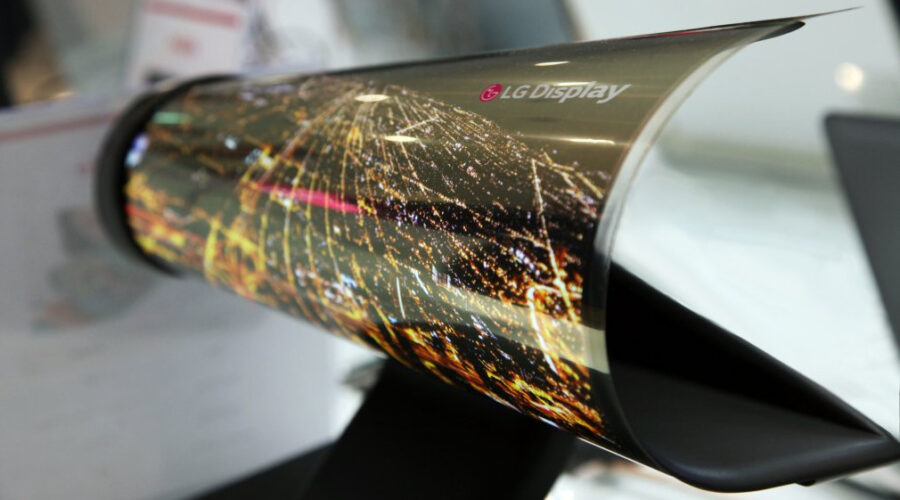In 2011, Samsung captured consumers’ imagination with an experimental screen that could be bent at will without hurting the display quality. Six years and hundreds of patent applications later, the South Korean mobile giant has reportedly reached a point where it’s all but ready to bring the technology to market.
The question that now occupies the industry is what form Samsung’s first foldable device will take. There’s a lot of information out there about the various flexible display panels that the company has been experimenting with, but it’s been keeping a tight lid on the rest of the design, particularly the case. Our only knowledge of the device’s layout comes from a small handful of patent applications, the latest and arguably most notable of which arrived last week. The filing outlines a modular case that Samsung hopes will let users make the most out of its bendable display technology
Samsung’s engineers has designed the chassis around a simple yet flexible skeleton comprised of flat rectangular panels arranged in a tight row. The schematics attached to its filing show a device supported by only two covers, but the accompanying documentation indicates that the setup may vary in practice. These panels are connected in the middle by a set of intertwined gears that serve as a hinge. When a user bends their device, the gears move in the appropriate angle and a pair of support rods located between the hinge and display lock the chassis into position.
This design enables the case to take on practically any form in which consumers might conceivably want to use a bendable display. Samsung claims the device can be folded like a flip phone to save space, bent to imitate the shape of a book while reading and even arranged so that each panel is tiled in a different angle. In its patent schematics, Samsung shows how the latter feature could let users curve the bottom section of a tablet to create a stand or even display a keyboard on the bent part and employ the device as a sort of ad hoc laptop.
The company outlined many of the same use cases in a patent application for an alternative case design that was discovered last year by Dutch tech site GalaxyClub. Filed in South Korea rather than the U.S., the document shows an accordion-like hinge fused with the external cover that aims to provide a similar degree of flexibility for bendable devices.
At this point, we can only speculate as to which design Samsung will end up choosing. But the answer should come soon enough: The company is reportedly considering to introduce its first bendable devices as early as February at the annual Mobile World Congress in Barcelona. The event is also set to feature new product reveals from LG and a number of other mobile manufacturers that working on their own flexible display technology.
